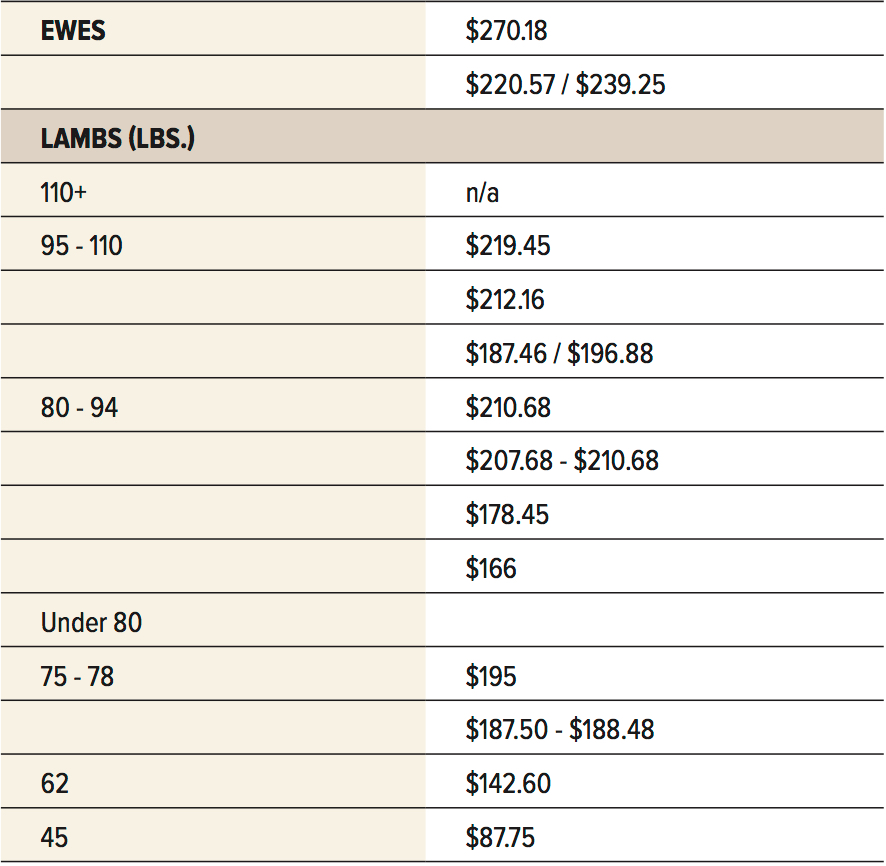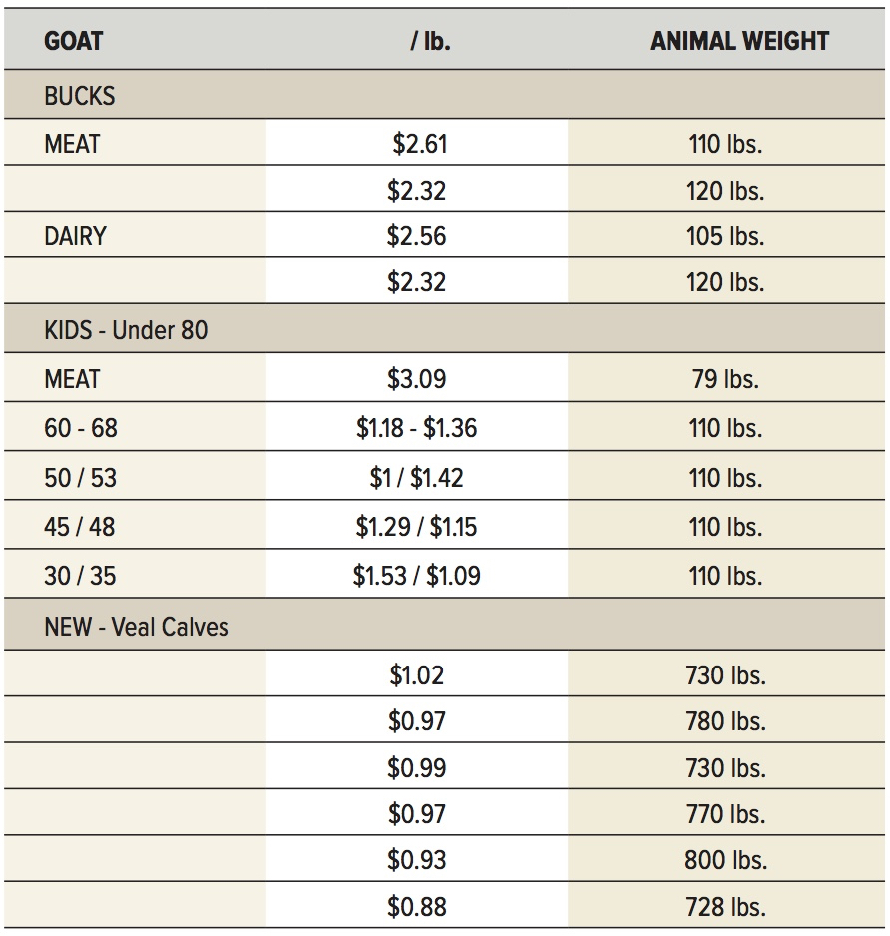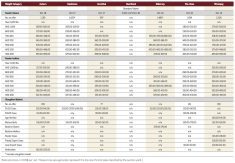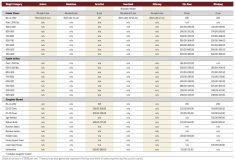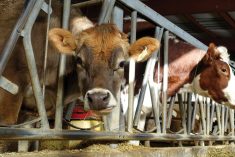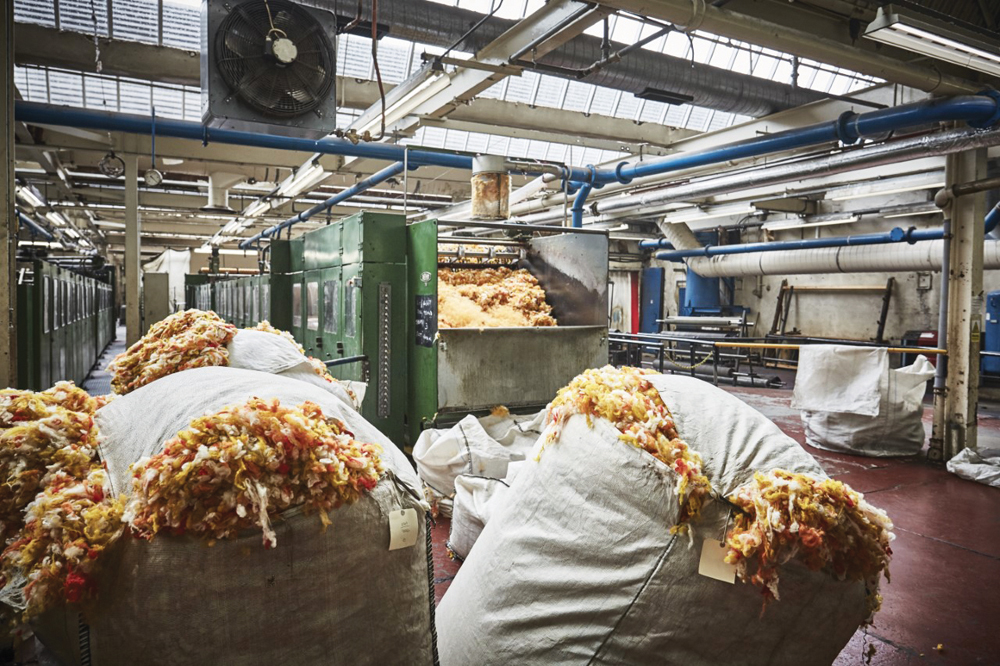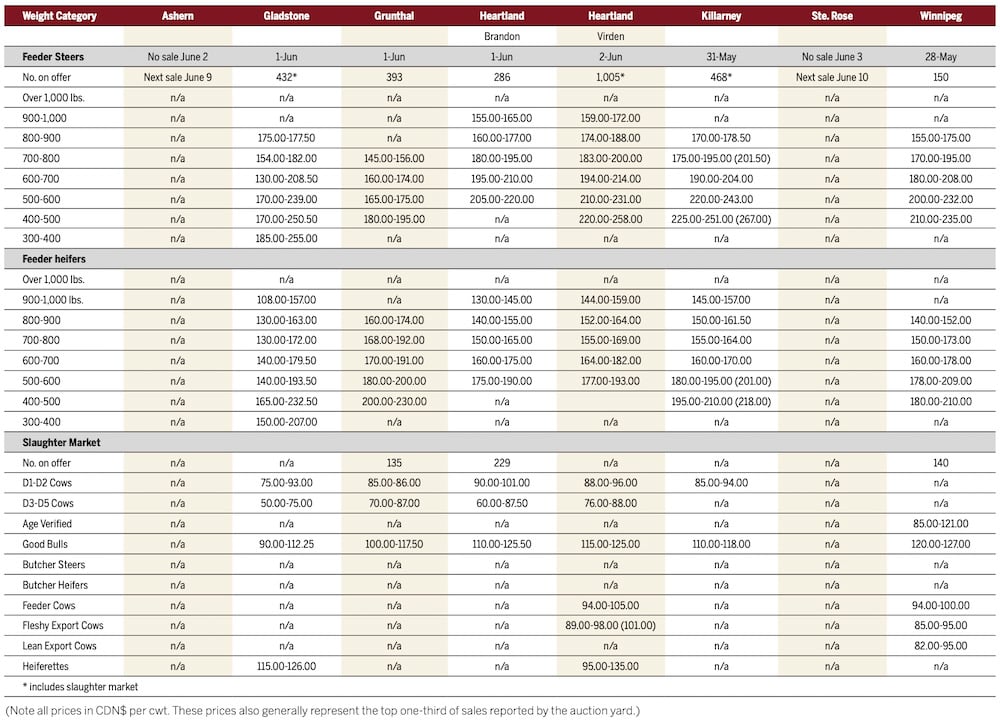The winter road drifting conditions and drifting snow didn’t stop producers delivering to the March 6 sheep and goat sale at Winnipeg Livestock Sales.
A total of 146 sheep and goats passed through the ring at the event, with high bidding that surprised a few buyers in some of the individual classes.
The quality of the animals was evident and on display and was an important factor in the selling and bidding.
Buyers still had interest for any ewes but that was likely fuelled by the quality of animals seen in these three groups. Thirteen 137-pound ewes brought $1.61/lb. Six 171-pound Dorset-cross ewes brought $1.58/lb. A 145-pound Suffolk-cross ewe brought $1.65/lb.
Read Also

Smart deworming for sheep starts with individual fecal egg counts
Fecal egg count tests are one step to managing dewormer resistance and managing sheep parasites on Canadian sheep farms to maintain flock health.
A 215-pound Suffolk-cross ram brought $1.39/lb.
The market lambs for immediate purposes saw a positive benefit for a few buyers. The bidding created two price ranges. The lower price level ran from $1.82 and $1.84/lb. for the heavier lambs. The lighter-weight market class lambs brought $2.21 and $2.31/lb. The hair lambs blended into each price range.
There appeared to be a price difference between wool and hair lambs in the feeder lamb class. The buyers were keeping the feeder lambs within the market class lambs prices.
The lighter lambs showed a slight price difference between wool and hair lambs. The bidding on these lighter lambs was stronger than the feeder lambs, for reasons that aren’t entirely clear, but lightweight lambs were still considered to be a risk.
Six 78-pound Rideau-cross lambs brought $2.50/lb. Seventeen 76-pound hair lambs brought $2.48/lb. A 75-pound Dorper-cross lamb brought $2.50/lb.
The three 62-pound Babydoll lambs brought $2.30/lb.
A 45-pound Dorset-cross lamb brought $1.95/lb.
Notably absent from the goat sale were does, clearly reflecting that kidding season is upon us. Hopefully producers in the midst of this annual rite will have easy births and if there are issues, they will be simply remedied.
Bidding on goat bucks was up, reflecting buyer confidence and an eye for the future potential of the animals. This strong bidding could signal growing demand for bucks in the future.
One issue that was reflected in the excited bidding was a limited supply of young goat bucks. In particular, one group of four Boer-cross wethers created some real excitement in the ring.
There was also a trial sale for an event that could become embedded in the sheep and goat sale, for veal calves. Sales in this new event began with six large corn-fed Holstein calves that were delivered and available for immediate bidding.
The Ontario Stockyard Report showed the smallest sheep and goat sale in a long period. Buyers were prepared for some high bidding and sellers were hoping for profits. This didn’t happen, in a similar pattern to that seen at small sales earlier this winter in Winnipeg.
Winter is clearly having a big impact on auctions throughout the country.





